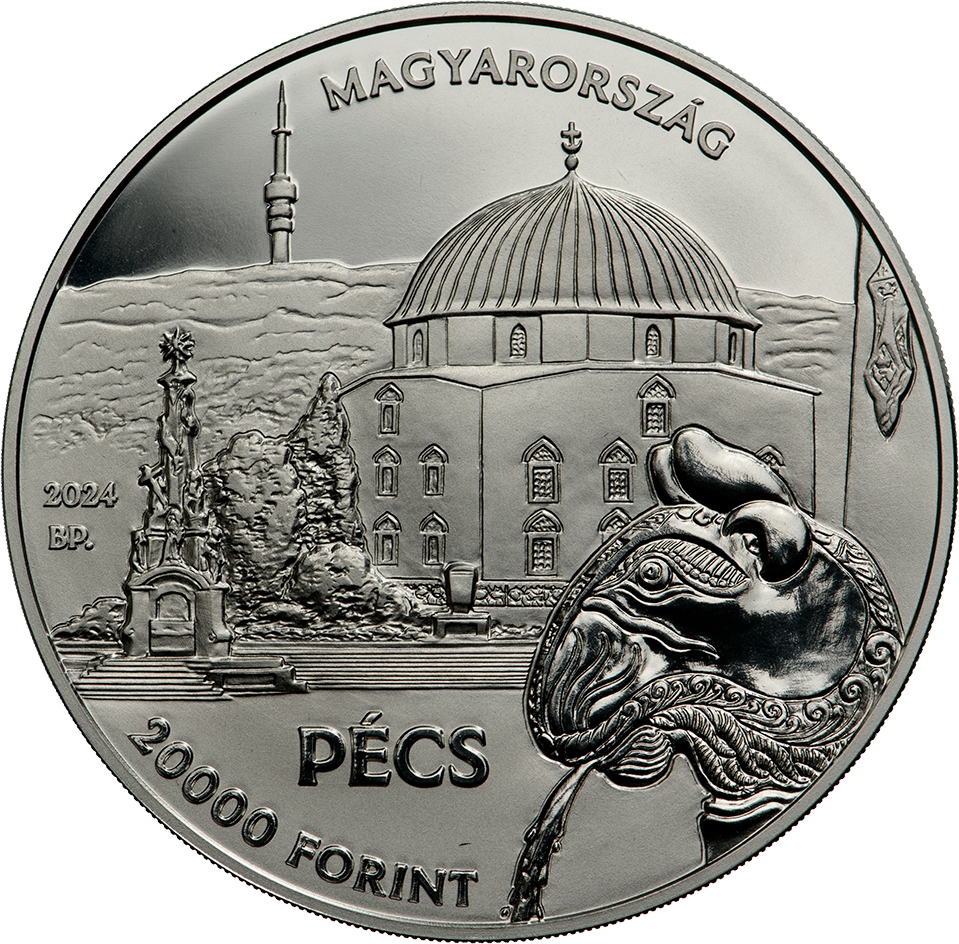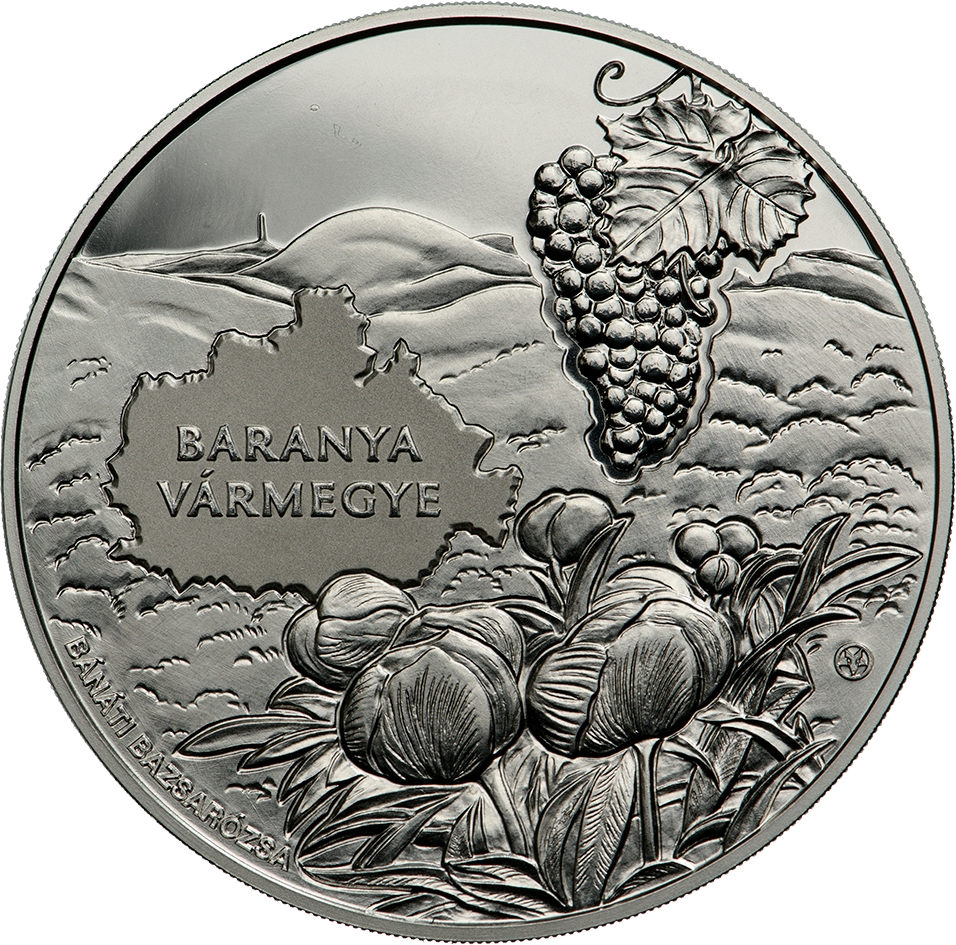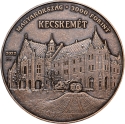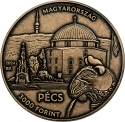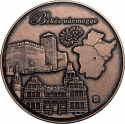You are about to finish your registration. Please check your mailbox (including spam folder). There should be a letter with a confirmation link. Check setting to make sure that your e-mail address is correct.
Send letter againDescription
Baranya, also known as Baranya County in southern Hungary, is part of the historical Baranya region. Established as one of Hungary's 19 counties in 1950, it has a rich history dating back to the 11th century. It shares borders with Somogy, Tolna, and Bács-Kiskun Counties, and Croatia. Its capital and largest city is Pécs.
Pécs, the fifth largest city in Hungary, serves as the administrative and economic hub of Baranya County, it's also home to the Roman Catholic Diocese of Pécs. With roots tracing back to ancient civilizations like the Celts and Romans, Pécs boasts the country's oldest university and stands as a significant cultural center. Its diverse heritage, shaped by a 150-year Ottoman rule, reflects a rich tapestry of multi-ethnic influences spanning over two millennia. Recognized for its cultural significance, Pécs has earned accolades such as being named a European Capital of Culture. Notably, its Roman-era Christian necropolis has been designated a UNESCO World Heritage Site since 2000.
Engraver: Gábor Kereszthury
Obverse

|
Depicts the Downtown Candlemas Church of the Blessed Virgin Mary, with an animal-head waterspout of the Zsolnay Fountain on the right and the Holy Trinity statue on the left, and Pécs TV Tower on the left. The country name above, the issue date and mintmark (BP) on the left and the denomination below. MAGYARORSZÁG |
|---|---|
Reverse

|
Depicts a map-like representation of the county on the left with the inscription "Baranya County", the Banat peony, which occurs only in Baranya County, in the center with the inscription "Banat peony" below. The grape cluster on the top right (this motif also featured in the county coat of arms refers to the wine regions of Pécs and Villány-Siklós) and the privy mark of the engraver on the bottom right. BARANYA |
| Edge |
